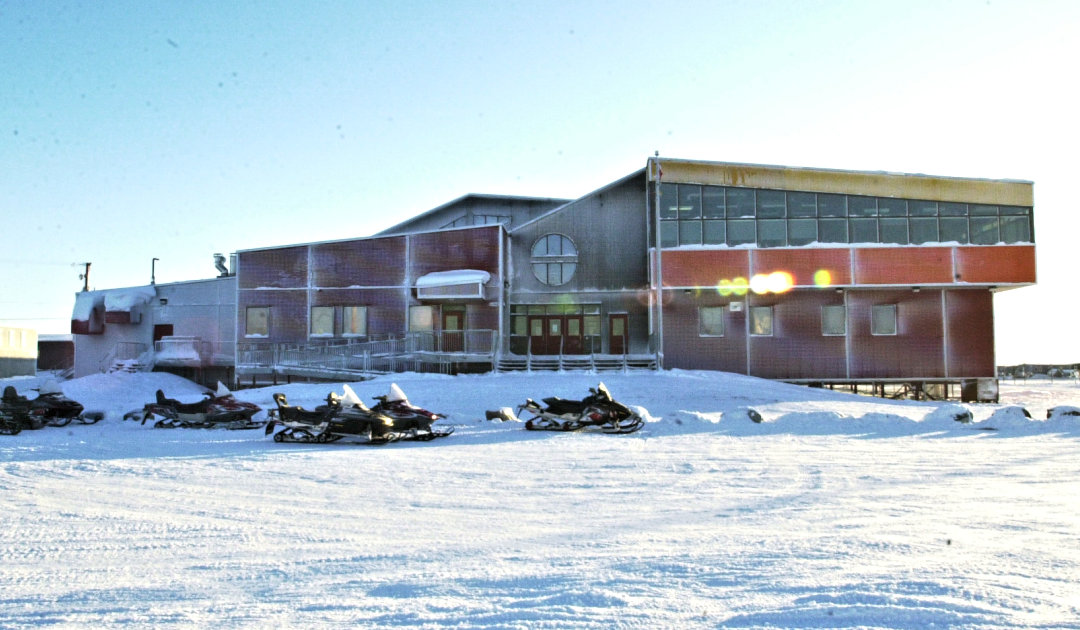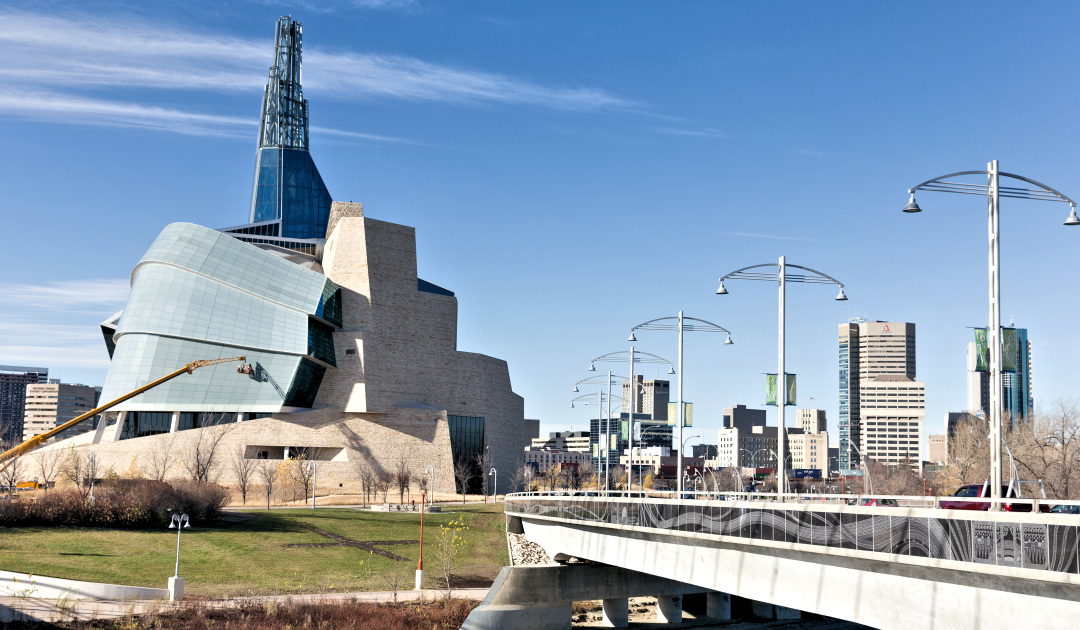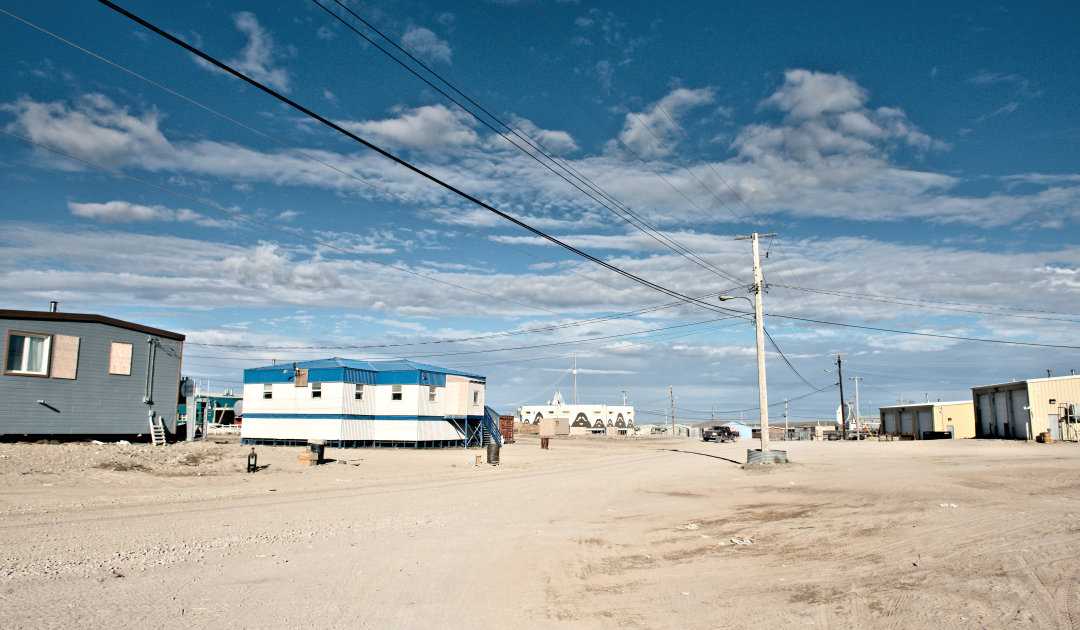
Nunavut had its first COVID cases within the municipalities just under two weeks ago. This was after the Arctic region had long been able to keep the virus away from its citizens by introducing entry restrictions, hygiene and distance measures and quarantine requirements. A lockdown in March also contributed to this. But now the numbers in four affected communities continue to rise and an easing of the situation is not expected yet.
The Public Health Chief Officer, Dr. Michael Pattinson, explained this at a press conference yesterday morning, as reported by Nunatsiaq News. “It is inevitable that we will see more positive results in the next couple of days,” he said. He stated it would take until the end of this week or the middle of next week for the lockdown to be effective and for the numbers to fall again. The lockdown, which was declared on November 18, will remain in force until December 2.

It is still unclear how the virus might have reached Nunavut in the first place. The presumption remains that people returning from Winnipeg may have brought the virus from the isolation hubs in Winnipeg. All Nunavut residents must be quarantined before they are allowed to fly home. Exceptions are employees of important institutions. The authorities of Nunavut and the province of Manitoba (where Winnipeg is located) are currently reviewing all aspects of the isolation hubs in Winnipeg. These are several hotels where Nunavummiut have to spend their quarantine. In Ottawa, too, such “hubs” have been set up for quarantine. In recent weeks, several cases of unhygienic conditions and poor service have been reported in such hotels.

The figures presented by Dr Pattinson and Premier Minister Joe Savikataaq on Monday show that the virus is circulating still in three of the four affected areas. In Arviat in particular, the number of cases is still rising despite the lockdown. From last Wednesday, when the lockdown came into force, until yesterday Monday, the number rose from 54 to 98 positive cases. At the moment, the authorities can only guess at the exact causes of the still increasing number of cases. The “Contact Tracing” in Nunavut works. However, it is not clear whether the virus in Arviat only circulates freely between people with direct contact or in the community.

What is clear, however, is that the accommodation situation in Arviat is complicit in the spread. For Nunavut has been dealing with a “housing” crisis for a long time. Many apartments and houses are in poor condition and should be renovated urgently. In addition, too many people live in individual apartments, as there are too few affordable apartments and houses in Nunavut. Michael Pattinson agrees, and there is no easy solution to quarantine positive cases. The risk of transporting the virus to previously COVID-free households is thus even greater. So one leaves positive cases in households where not everyone is sick and expose these to the risk of infection. Also the contacts within the inhabitants of the municipality did not go to zero due to the lockdown and quarantine. Because food packages are brought and people pay attention to their neighbours. But this also increases the infection possibilites. The aim is to provide food packages delivered directly by the authorities and distributed by volunteers or fire brigades. This should make it easier to avoid direct contacts and simplify tracking without leaving anyone hungry.
Dr Michael Wenger, PolarJournal
More on the subject:





